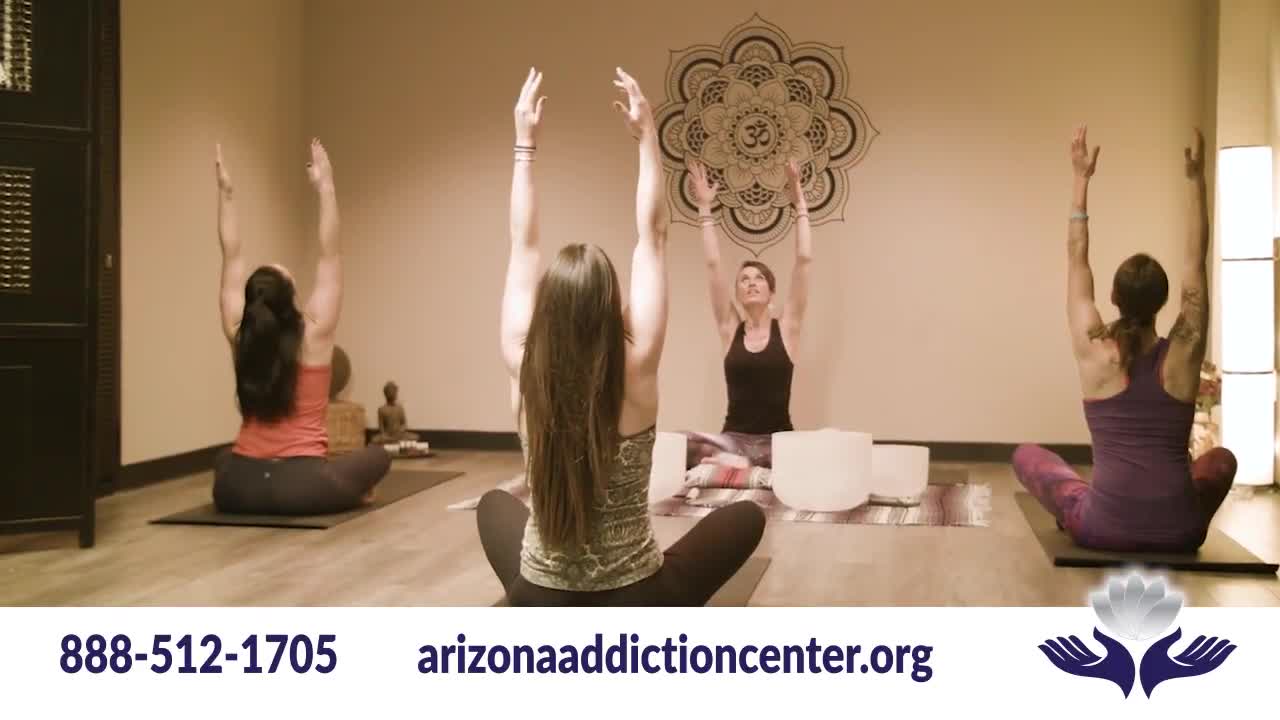Dangers of LSD

Lysergic acid diethylamide known as LSD was introduced in the 1960s and 1970s. It was formulated from ergot, a fungus that is found on rye. Rye is a kind of grass which is used as a turfgrass, and sometimes a pasture grass for livestock. It is known by the names, blotter, acid, purple haze, and dots. A little amount of LSD will produce extremely intense side effects.
LSD is an illegal drug that affects a person’s senses and can cause hallucinations. In most cases, the effect of the drug is undefined, and factors such as the individual’s personality and surroundings are categorized for its effects.
A drug like LSD is sold in the market as pills, capsules, chewing gum, or in liquid form. If sold in a liquid form, a specific absorbent paper called windowpane is used, each square of the paper is equivalent to one dose of LSD. An individual who is going through the effects of LSD is going through something called a “trip”.
How LSD works?
LSD affects the receptors responsible for regulating serotonin which acts as a neurotransmitter in the brain. It is particularly engaged in controlling behavioral, perceptual, and regulatory systems which include motor control, mood, senses perception, body temperature, and sexual desires.
What are the symptoms of LSD use?
The actual effect of LSD is experienced after thirty to ninety minutes after intake. Some of its early physical effects include,
- Dilated Pupils
- Abnormal Body Temperature
- Abnormal Heartbeat
- Blood Pressure either increases or decreases
- Dry Mouth
- Fatigue
- Dizziness and nausea
- Blurry vision
- Inability to perform multifarious tasks like driving
The effects of LSD lasts for almost twelve hours. Sometimes, the experiences are not so pleasant for users. An individual who experiences fear or panic attacks under the effects of LSD goes through what we call a “bad trip”. If panic attacks occur, an individual will suffer from a disturbed psychosis.
It also causes negative changes in attention, thoughts, emotions, and perceptions. These alterations in behavior are brought about through the euphoria and hallucinations the user experiences.
Some users may see things that are not there and others may hear sounds that are not there. Other effects in perceptions include:
Sense of sight (Visual Effects)
A person affected by LSD trips may experience blurry vision, distortion of an object or faces, or changes in color. A common thing for LSD users to experience is light being intensified.
Sense of Touch
An individual may experience unpleasant dizziness through vertigo and may even feel fatigued or shaky. They may start to feel nauseous and start to vomit or get a migraine.
Mood Swings
A person may experience rapid changes in their mood. It can lead to a feeling of euphoria, peacefulness, dreaminess, a heightened sense of awareness of what is happening around them, or start to feel anxious, confused, and frightened.
Other effects include:
- Perception of speed changes during the trip
- Senses are clearer than of a normal person
- The feeling of leaving the physical body
An individual under the influence of LSD may see their experiences as special because they have a heightened sense of physical and mental awareness. However, though this may sound enticing, the long-term effects of the drug will not sound so enticing.
Long Term Effects
When someone starts to use this drug more often, they will develop a tolerance. if a person develops a tolerance and withdraws from using the substance, they will experience intense withdrawal symptoms. They may not show many physical symptoms, but they will show many psychological ones.
Psychological addiction is dangerous because it affects the mental health of a person. LSD triggers a long-term psychotic state or schizophrenia in an individual. Also, hallucinogen persisting perception disorder (HPPD) occurs after taking just one dose of LSD. HPPD is a disorder in which an individual experiences flashbacks of visual hallucinations or distortions. It hinders the person’s normal way of living, thus, affecting normal life.
Why people used LSD?
The reason why people abuse LSD is because of the hallucinogenic effects that allow an individual to feel a sense of euphoria they would normally not be able to achieve. The intense euphoria and heightened sense of physical, mental, and spiritual awareness are difficult to achieve without the substance, but that doesn’t mean they are something to desire. This feeling can become addictive and lead to long-term substance abuse.
Treatment for LSD
An individual who has been abusing this substance can be treated with the use of outpatient treatment and/or inpatient treatment. The residential treatment, such as cognitive-behavioral treatment and counseling, is incorporated with the treatment. Medications are also used to cure withdrawal symptoms such as depression and anxiety, and other psychiatric conditions.
There are some steps that an individual should do to obtain treatment it includes,
- Talk to your doctor for a clearer view of your situation.
- Get involved in counseling to understand why you have an urge to use LSD.
- Follow your doctor’s instructions as they know what is best for your situation.
- Exercise and eat healthy.
- Don’t let yourself be consumed by stress and negativity.
- Surround yourself with supportive and positive individuals.
- Explore other aspects of life, and try to search for new interests.
- Make an effort to transform yourself to be a better person one step at a time. Stay away from people who influence you to use drugs.
The side effects of LSD cannot be predicted that is why it is dangerous to use. Ask for help if you’re concerned about yourself or for someone you know who uses LSD. You can call your National Helpline to get resources for treatment services in your area.
Learn to develop patience as recovery is not a quick process, the effects of the treatment may not be seen until after the first session. Develop a strong desire to recover so that you have the inspiration to finish out your treatment program.




